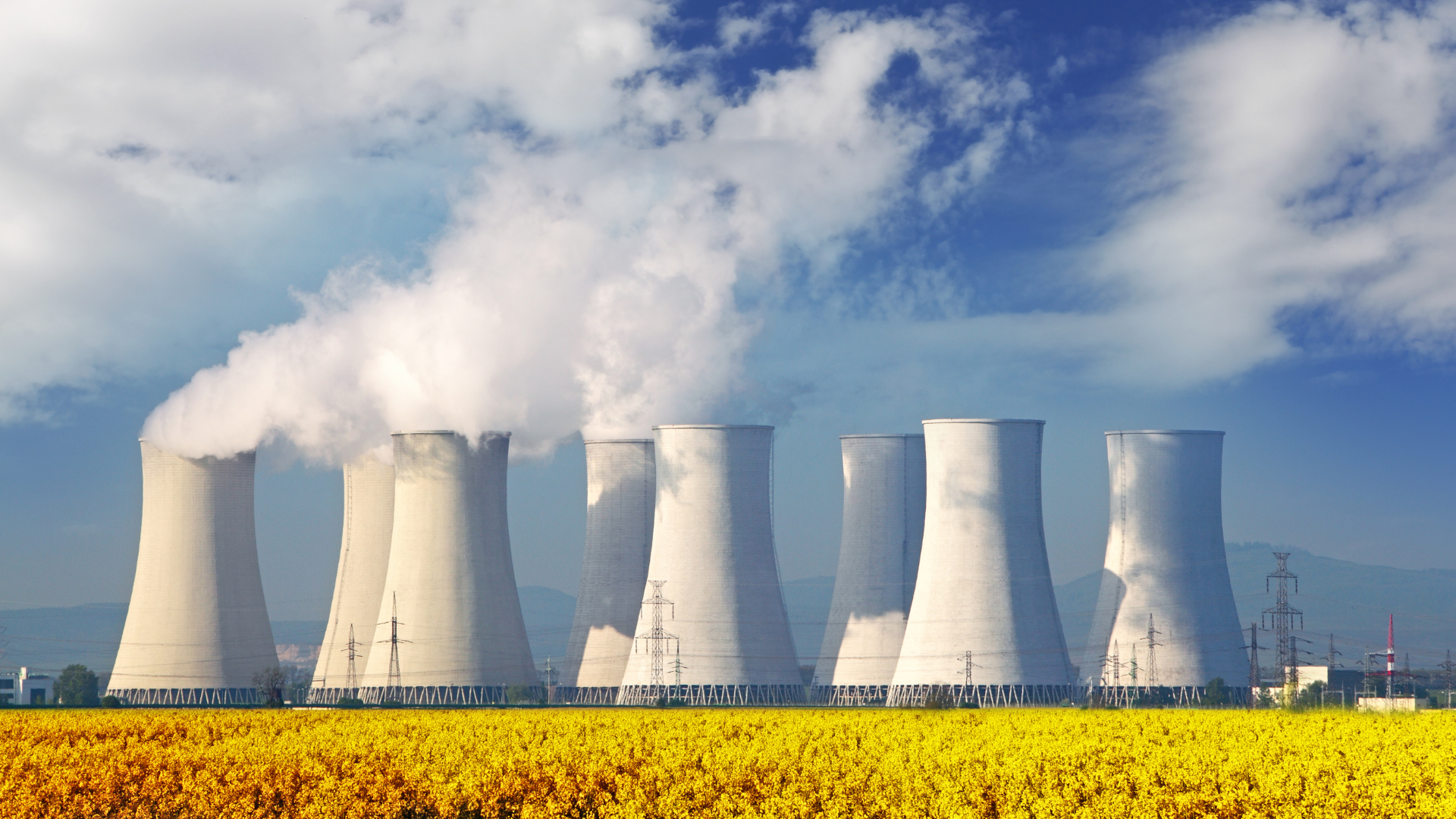Ocean acidification is a pressing concern resulting from increased carbon dioxide emissions associated with climate change and fossil fuel use. As the oceans absorb more CO2, the chemical balance shifts, leading to a more acidic environment. This acidity poses significant threats to marine life, disrupting the delicate balance of the ocean ecosystem.
Shellfish, corals, and other calcifying organisms struggle to maintain their structures, which can lead to declines in their populations. This change not only affects individual species but also has cascading effects on marine habitats and food webs.
The impact of ocean acidification extends beyond marine creatures; it also threatens the livelihoods of communities that rely on healthy ocean ecosystems. Understanding the implications of these changes is crucial for developing strategies to mitigate damage and preserve marine biodiversity.
The Science of Ocean Acidification
Ocean acidification refers to the chemical changes in seawater that occur as atmospheric carbon dioxide levels rise. These changes significantly impact marine ecosystems, especially organisms reliant on calcium carbonate for their structural needs. Understanding these processes is essential for grasping the broader implications for sea life.
Chemical Changes in Seawater
As carbon dioxide (CO₂) dissolves in seawater, it undergoes a series of chemical reactions. This process leads to the formation of carbonic acid, which subsequently dissociates into bicarbonate and hydrogen ions.
- Increased Hydrogen Ions: The release of hydrogen ions lowers the ph of seawater, resulting in more acidic conditions.
- Carbonate Ion Depletion: The increase in hydrogen ions reduces the availability of carbonate ions, which are vital for many marine organisms to create calcium carbonate structures, such as shells and skeletons.
As a result, the average ph of ocean water has declined from about 8.2 to approximately 8.1 since the onset of the Industrial Revolution. This subtle shift represents a significant change in ocean chemistry that has critical implications for marine life.
Role of Carbon Dioxide and Carbonate Ions
Carbon dioxide plays a central role in ocean acidification. When CO₂ emissions rise, a considerable portion is absorbed by the oceans, causing an increase in carbonic acid levels.
- Calcium Carbonate Formation: Marine organisms like corals and shellfish depend on carbonate ions to form calcium carbonate. Reduced carbonate availability hinders their growth and functionality.
- Impact on Marine Species: Acidification can impair vital processes, such as reproduction and physical strength, in vulnerable species like molluscs and corals. Research indicates that consistently low ph levels can lead to decreased calcification rates.
The relationship between carbon dioxide levels, carbonate ions, and marine life illustrates a delicate balance. Disruption of this balance due to ocean acidification poses significant risks to marine biodiversity and the health of ocean ecosystems.
Impact on Marine Species
Increased ocean acidity significantly alters the health and survival of various marine species. This has profound effects on calcifying organisms, disrupts food webs, and poses challenges for fisheries and aquaculture.
Effects on Calcifying Organisms
Calcifying organisms, such as corals, shellfish, and certain plankton, rely on calcium carbonate to form their shells and skeletons. Acidic waters lead to a reduction in carbonate ions, essential for this process.
As a result, corals struggle to maintain their structures, jeopardising entire coral reefs. Shellfish like oysters and clams also face thinner shells, making them more susceptible to predation.
This weakening can lead to decreased populations of these organisms, which play a crucial role in marine ecosystems. Their decline can have cascading effects on biodiversity and the overall health of ocean environments.
Disruptions to Food Webs
Acidic oceans can disrupt the delicate balance of marine food webs. Many marine species depend on plankton as a primary food source. If plankton populations decline due to changes in acidity, this directly impacts fish and other marine animals that rely on them.
Moreover, species that are resilient to high acidity may proliferate, leading to shifts in community dynamics. This alteration can result in a decrease in species diversity, affecting both predator and prey relationships within these ecosystems.
Changes in food availability can also lead to nutritional deficiencies in higher trophic levels, further destabilising marine ecosystems.
Challenges to Fisheries and Aquaculture
Fisheries and aquaculture face challenges due to the decline of key marine species affected by ocean acidification. As populations of commercially important species like oysters and clams dwindle, fishermen may encounter lower catches, impacting livelihoods.
Aquaculture operations also suffer from decreased growth rates in shellfish and fish, limiting production. Farmers might need to adopt more costly measures to maintain healthy stocks in acidic waters.
The economic implications are significant, with potential food shortages impacting communities that rely on seafood as a primary source of protein. These dynamics underline the importance of addressing ocean acidification for the sustainability of marine resources.
Broader Ecological and Economic Consequences
Ocean acidification poses significant and multifaceted threats, impacting both ecosystems and human economies. It alters marine environments, disrupts food webs, and challenges livelihoods tied to ocean resources.
Effects on Ecosystem Services
Ocean acidification affects crucial ecosystem services. Coral reefs, vital for marine biodiversity, suffer from reduced calcium carbonate availability, weakening their structures. This degradation impacts various marine species that rely on reefs for habitat and food.
Changes to the food web follow, as smaller organisms, like shellfish and plankton, struggle to survive. Their decline affects species that depend on them, including commercially important fish. This ripple effect disrupts the balance of ocean ecosystems, diminishing their resilience to other stressors, such as climate change.
Implications for Coastal Communities and Industries
Coastal communities rely heavily on marine resources for their livelihoods. As ocean acidity increases, fishing industries face declining fish populations and changing species distributions. Fishing yields may decrease, threatening food security and economic stability.
Additionally, tourism, particularly around coral reefs, may suffer as ecosystems decline. A reduction in biodiversity can deter visitors, impacting local economies dependent on marine tourism. Sustainable management practices become essential to mitigate these challenges and ensure the continued viability of both ecosystems and coastal livelihoods.




